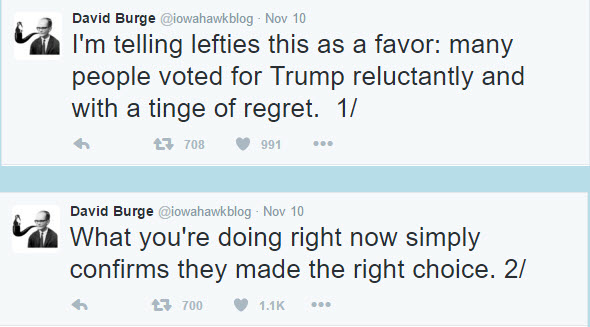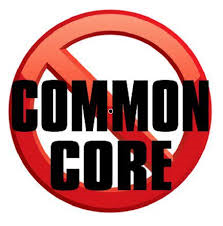Moderates have moved to the Conservative side according to the Gallup organization.
Gallup’s recent modeling of the vote for Congress finds 54% of likely voters identifying themselves as politically conservative, while moderates are in conspicuously short supply compared with recent midterms. Also, Republicans make up a larger share of the electorate in Gallup’s initial 2010 likely voter pool — greater than their 1994 share — than do Democrats, and the gap is even more pronounced once the leanings of independents are taken into account.
Gallup goes on to say…
Likely voters skew more conservative this year partly because the underlying population has become slightly more conservative. According to Gallup’s Sept. 23-Oct. 3 poll, 40% of national adults are conservative, up from 37% in Gallup’s final 2006 pre-election survey, and 34% in 1994. However, conservatives also appear more activated to vote this year relative to moderates and liberals, thus sharply expanding their segment of the likely voter pie.
You see a sign of this in the Daily Camera comments section, although the worst that’s going to happen in Boulder is some taxes don’t get approved. Gallup also mentions the enthusiasm gap and from a personal perspective, I can’t wait to vote. Bring it on.
Over at Hot Air, Ed Morrisey concludes…
Gallup actually runs two different turnout models. The first assumes a turnout percentage of about 40%, typical for a midterm election. The other assumes a turnout of over 50%, where Democrats start to turn out more than expected to match the enthusiasm of Republicans and independents. Even in that scenario, the GOP gets a 13-point edge in the generic Congressional ballot; in the 40% model, that lead expands to 18 points. The analysis above applies to the 40% model.
Bear in mind that prior to this year, the biggest lead the GOP had in any generic Congressional ballot was five points, which came in 1994. In that election, the split was 49/44 in the Gallup poll prior to the midterm election, while this year it’s 57/39, as noted above. That 1994 election produced a net pickup of 56 seats in the House.
The election isn’t over yet, and plenty can happen in three weeks. This model, though, could produce a political wave unlike anything seen in our lifetimes even if Barack Obama and Joe Biden can scold some more Democrats into making their way to the polling stations — and it bodes very ill for Democrats in states where early voting has already commenced.









